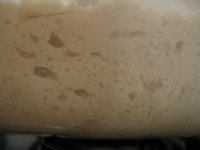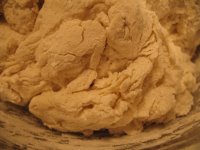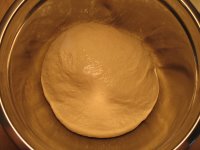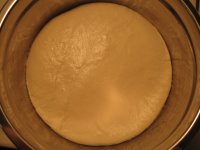Books: The Spirit Catches You and You Fall Down, by Anne Fadiman
The Spirit Catches You and You Fall Down
By Anne Fadiman
Quickie Synopsis: When three-year-old Lia Lee arrives in the emergency room at Merced County Hospital in California in the grip of a massive epileptic seizure, a series of events is set into motion that will pit Western medicine against traditional Hmong medicine and that will leave all participants in the drama forever changed. Lia Lee is the daughter of two Hmong parents, refugees from Laos, and is diagnosed by the American medical system as an epileptic. However, her parents believe that Lia’s condition is spiritual in nature and resist the attempts of Lia’s American doctors (and ultimately the California state government) to interfere. The story of Lia and her family is at the center of The Spirit Catches You and You Fall Down and is the crucible in which Hmong and American cultures collide.
----------
I always approach any book or article written by a person of American or European descent who is attempting to explain another culture outside the author’s own cultural background with a great deal of skepticism. At best, these books tend to be dry academic texts with little or no ethos, and at worst, they portray the cultural Other as a noble savage proudly clinging to their uncorrupted societal roots and systems of belief. A very few of these kinds of books, and the very best, focus not on comparing and contrasting each culture, but on bridging the gap. This is what Anne Fadiman does in The Spirit Catches You and You Fall Down and she does it fantastically.
Throughout the story of Lia Lee’s illness and her progress through the American medical system, Fadiman ties in details on the history of the Hmong people, explanations of their medical and spiritual beliefs, and explorations of their community relationships. She makes no attempt to rationalize or otherwise “Westernize” Hmong behavior, and often outright admits that she remains baffled on several points. Instead, Fadiman lays everything out as best she can, supplementing snippets of interviews and excerpts from books and articles where needed, and gives guidance on how to best understand the information. Fadiman is fair in her portrayal and examination of both American culture and Hmong culture: she praises and criticizes both with equal measure, pointing out the strengths and weaknesses of each.
Beyond the content itself, Fadiman’s skills as a writer are what bring this story to life and give it the authority needed to carry through with such a difficult, complicated subject. Her pace throughout the book is steady, pulling the reader forward at a stately progress that is never so slow the reader loses interest, but not so fast that details are lost in a blur. Fadiman’s voice throughout is firm and respectful. She is confident of her facts and her research, but not domineering or overly didactic. Fadiman is also clear in her goals for the book and doesn’t overreach herself (as other books of this genre sometimes attempt) by trying to create a singular text on Hmong culture and history—the bibliography at the back gives an eager reader plenty of material to continue their edification.
Whatever your cultural background, it’s easy—no, that’s not the right word—it’s natural to accept behaviors from within your own cultural without question. You grew up with these behaviors and ways of thinking. Even basic things like looking before you cross the street and knocking before entering a person’s house are ingrained behaviors. In The Spirit Catches You and You Fall Down, Anne Fadiman asks the reader to make an effort to examine and identify those ingrained behaviors and assumptions, whether from an American background, a Hmong background, or any other background. It is not (always) necessary to change our behavior or to ask another to change their behavior; simply increased awareness of our own assumptions and increased sensitivity toward the Other’s assumptions will ultimately help to bridge cultural gaps and make it possible to find common ground.

















